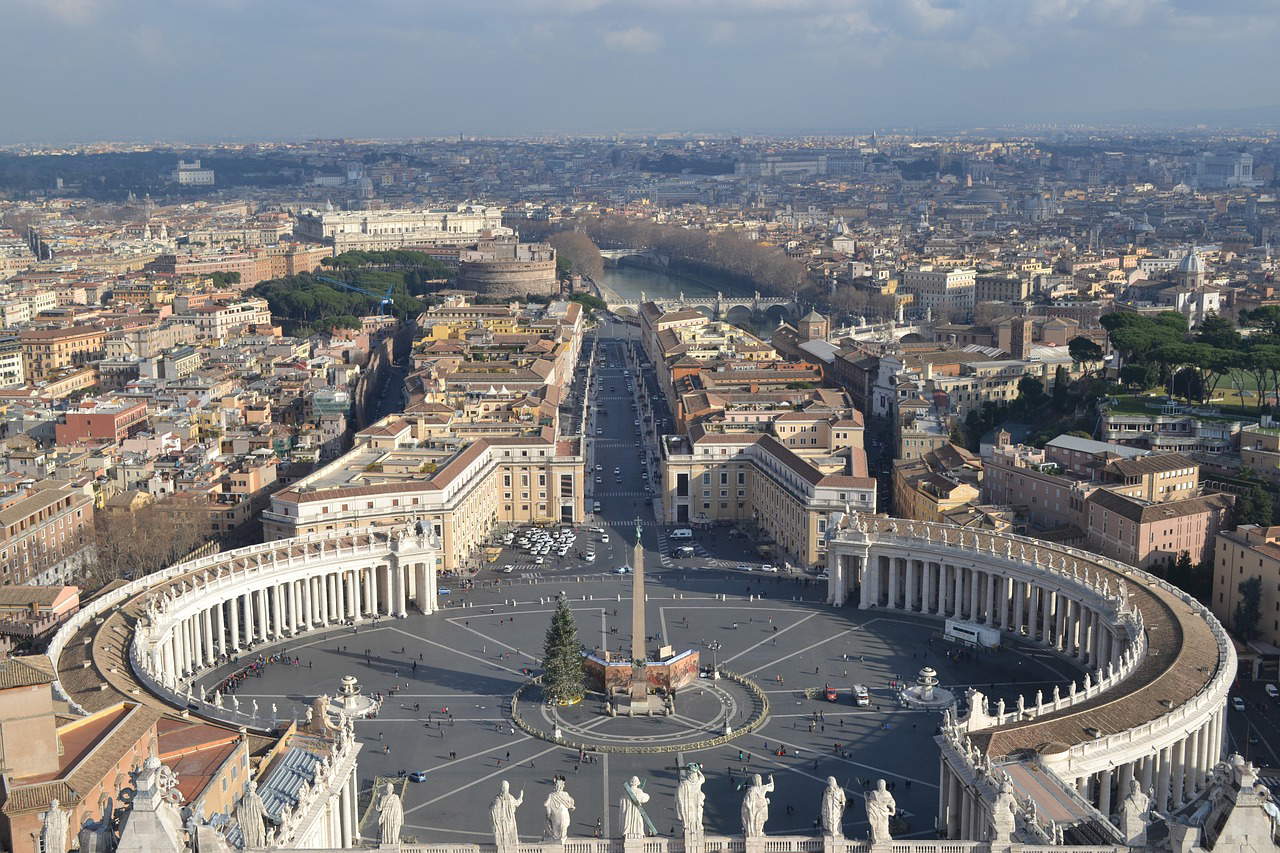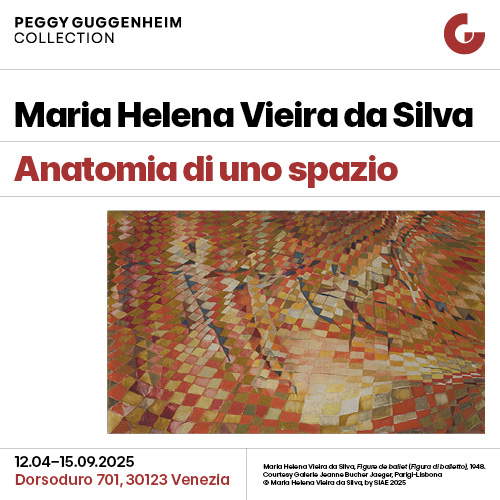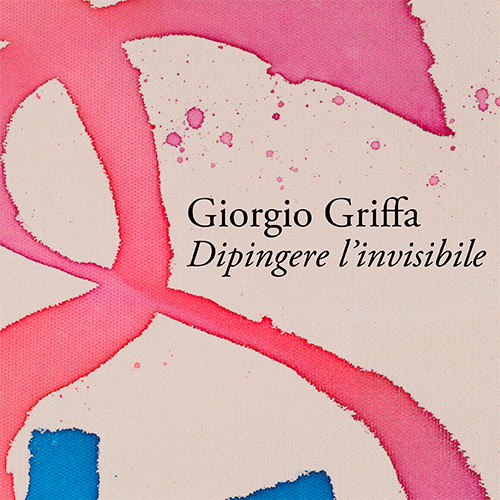Tourism and Jubilee: no more poor pilgrims in Rome, but faithful inclined to spend
How much of the spiritual value of traveling to Rome in devout pilgrimage can be transformed into carefree tourism and still retain its value? How much is it estimable to speak of ’tourism’ by associating it with the penitential journey to be undertaken in the Jubilee year to see one’s sins forgiven? The seat of Christianity - and all of Italy for those from abroad - on the other hand, is a treasure trove of artistic beauty to be admired and discovered, museums to be visited, and a city, Rome, to be experienced. Can those who take the opportunity to go all the way to St. Peter’s to ask for a plenary indulgence treat themselves to a visit to the Vatican Museums or the Imperial Forum or a stroll through the Spanish Steps? That’s what hoteliers and cultural and tourism operators are hoping for as they prepare for this 2025 to welcome throngs of multilingual faithful, hoping for a long wave that will continue, and if anything strengthen, in the following years (as happened for the Great Jubilee of the year 2000, when there was a very slight increase in attendance during the Holy Year compared to 1999, but there was a plus 17 percent in 2001). Of course that would be a question to ask those who organize the Jubilee, but let’s try to take a layman’s look at how it started more than a month after the opening of the holy door.
Let us first ask why it is necessary to go to Rome: the reason is that the Jubilee pilgrimage to the four Holy Doors of the major papal basilicas in Rome is one of the conditions for obtaining the grace of plenary indulgence during the Jubilee. Along with walking and prayer, other conditions include, as we know, “approaching the sacraments of Reconciliation and the Holy Eucharist and praying according to the Holy Father’s intentions.”

Finestre Sull’Arte had already dealt with the real marketing choice wanted by the organization with the creation of a Jubilee ’mascot’ on par with major sporting events such as the Olympics, calling it Light and depicting a girl with features similar to those of a Japanese cartoon. And so therefore alongside rosaries and postcards with the effigy of the Pope we have Jubilee official stores selling products from modern merchandising. A few examples: near the Vatican the Light puppet, made of cloth, costs 25 euros but at the moment is not available because it has sold out twice, while one can still find the Japanese manga-style nativity scene at a cost of 15 euros. But there is plenty of choice and there is the official online shopping site of the exclusive licensee S4Giubileo srl: we have another version of Luce “in soft polyester” (so much for eco-friendly) on special offer for 37.50 euros (full cost 44.90, typical supermarket flyer-catcher prices) where the product description explains that Luce is “your Jubilee 2025 friend! This cuddly mascot, designed by Simone Legno, is ready to brighten your days! Made of soft polyester, with detailed embroidery and 25 cm tall, she is the perfect companion for any adventure. Luce is more than just a stuffed animal: she is a symbol of hope and joy!” More traditionalists will notice the message: Luce, a name with no male or female declension, is first called “friend” and then “companion.” It is no coincidence that the rainbow colors of the rosary around her neck are those of the Gay Rainbow flag and that the designer was the author of a series of gadgets for the Rome Gay Pride. Then, since one has to speak to young people there are also cell phone accessories: this is the case with the “Luce PopSocket” in “durable acrylic” that is described as “Functional” and even “fun” in its description, which continues, “Discover the acrylic PopSocket of Luce, the Jubilee 2025 mascot! Made of durable acrylic, it gives you a secure grip and allows you to use your smartphone more comfortably. Luce’s colorful and fun design makes it a must-have accessory for all Jubilee fans.” Pilgrims are gone, you have to make way for fans for 12.90 euros.
Then we come to the metal “Charm Luce” pins also sold out, costing 8.90 euros. They are described as “A jewel for your style! This Luce brooch is a real gem for all Jubilee 2025 fans. Made of durable zinc alloy with a shiny finish, it is a high-quality accessory. At about 2-2.5 cm in diameter, it is the perfect size to be noticed” (so much for vanity). Also sold out is the zinc bookmark at 14 euros 90. There are stickers then at 7 euros, key chains 6 euros. Then there is all theclothing and accessories branded with the Jubilee logo, from not-quite-cheap T-shirts (14.90 euros) to caps (2.30), from backpacks (24.90) to sweatshirts (39.90), from bandana (8.90) to mugs, from water bottle (11.90) to rosary bracelet (5.90) to colored silicone bracelet (9.90), which can be ordered with personalization of one’s group or parish.

The assumption that each of the 32 million faithful arriving along Bernini’s colonnade will purchase at least one of these items lies behind the extraordinary fundraising plan conceived behind the logic of the Mascot and the line of logoed items. On Via della Conciliazione theinfopoint, run by the dicastery for the New Evangelization, and the counter at St. Peter’s Basilica have opened. At the former one can receive all information about Rome and the Jubilee and buy souvenirs. Even in the official area of the Vatican basilica not far away - as La Repubblica explains - one can buy gadgets and then book guided tours now enriched by an immersive tour created with the help of artificial intelligence. For a fee.
So the classic books and rosaries are accompanied, as a form of financing, by modern merchandising and sponsors. Which on the official website of the Vatican Jubilee are called supporters: Unipol, i.e., the insurance company of the red cooperatives of Emilia - Romagna (...at one time there would have been, if anything, ’Cattolica Assicurazioni’) Deloitte, Drivalia, Urban vision, WindTre, Secure Future Group, EniLive, LC Furniture for Europe, Beko Europe. The latter, a Turkish company that produces home appliances under various brands (Ariston, Indesit, Whirlpool, Grundig...) in the news for its decision to close plants in Italy leaving hundreds of workers at home. Fundraising and corporate management initiatives indeed became necessary because of the small city-state’s accounts, which are not what they once were.
Certainly, at the presentation of Luce by Monsignor Fisichella and the director of the Vatican Museums, it was explained that the icon is a modern vehicle for reaching young people in evangelization, but it is also the right object to be declined in multiple forms to make them souvenirs to take home. It is no longer the time for indulgences received by direct payment, moreover, the object is the contemporary and acceptable way to continue in the practice. One more way for church sustenance after donations from St. Peter’s Obolus dropped significantly under Bergoglio. The year of greatest collection was 2006, the year following the election of Pope Benedict XVI. With Pope Francis between 2015 and 2019, for example, the collection dropped by 23 percent. La Repubblica, which had a chance to view the Holy See’s latest budget, writes that the largest donations come to Rome “from the richest Churches (the United States, Italy, Germany, Spain, and South Korea) and those paid to the Pope by the faithful around the world through the Obolus of St. Peter. In 2023, 48.4 million entered the Obolus coffers (it was 43.5 in 2022) but, drawing from reserves, 90 million came out to support the Curia.”
As for the hotel front, speaking at the event organized by Federalberghi Rome,Albergatore Day, Federalberghi President Benabò Bocca said, “This year has to be a year of investment for tourism because we don’t expect a crackling 2025 above 2024. It must be an investment so that everything goes well and around the world goes an image of a wonderful Rome, so that then in the years to come we can reap the benefits of this year’s investment.”
The president of Rome’s hoteliers, Giuseppe Roscioli, points out how the boom for now has not been seen with occupancy rates “so far slightly lower than in the same period last year,” but “we remain optimistic for the coming months, counting on the fact that starting in the spring the major Jubilee events are scheduled.” January “is in fact traditionally very low season for Rome and the Jubilee always draws a tourism that largely does not prefer hotel facilities.”
Great expectations, therefore, on people arriving with a propensity to spend, not the pilgrim who travels poor and eats with a sandwich brought from home: the expectations are those of the vacation associated with the passage of the Holy Door. A year from now we will see.
 |
| Tourism and Jubilee: no more poor pilgrims in Rome, but faithful inclined to spend |
Warning: the translation into English of the original Italian article was created using automatic tools. We undertake to review all articles, but we do not guarantee the total absence of inaccuracies in the translation due to the program. You can find the original by clicking on the ITA button. If you find any mistake,please contact us.



























